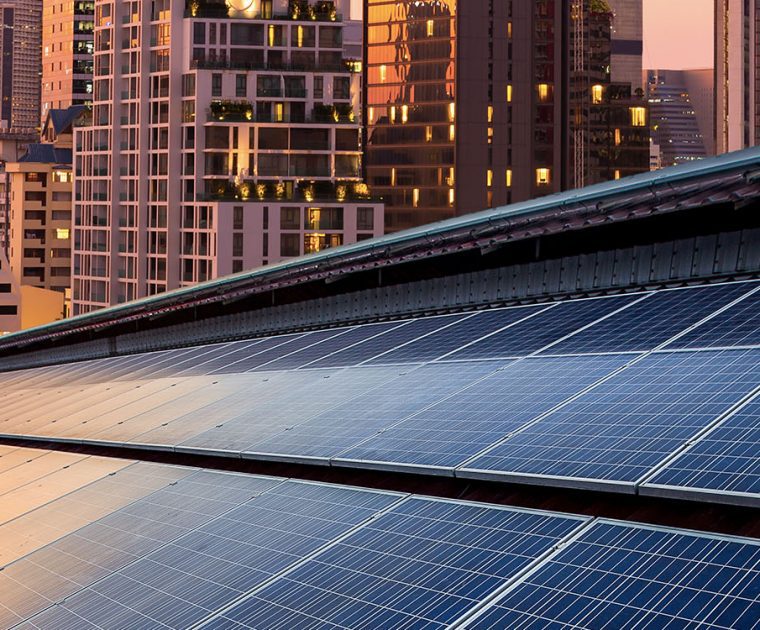Most commercial buildings are leaking money through outdated equipment, inefficient systems, and poor energy practices. But without visibility, decision-makers can’t act. That’s where energy audits come in. An energy audit isn’t just a compliance checkbox—it’s a powerful diagnostic tool that can uncover inefficiencies, reduce operating costs, and inform long-term capital planning. At Energyware, we conduct detailed audits that serve as blueprints for smarter infrastructure investment.
1. Identifying High-Cost, Low-Efficiency Systems
From HVAC and lighting to building automation, many systems drain more energy than necessary. A professional audit pinpoints exactly where and how energy is being wasted—and what upgrades will deliver the biggest impact.
2. Quantifying ROI Before You Invest
Energy audits help prioritize projects based on payback periods, incentives, and long-term savings. This ensures your capital budget is directed toward the upgrades with the highest financial and environmental return.
3. Uncovering Utility Bill Errors
You’d be surprised how often businesses overpay due to billing errors or suboptimal rate plans. An audit reviews historical utility bills and rate structures to find recoverable savings.
4. Strengthening ESG and Compliance Strategies
Whether you’re targeting LEED certification, emissions goals, or stakeholder transparency, an energy audit provides the data foundation to measure and report progress credibly.
5. Building a Long-Term Energy Roadmap
Audits are just the beginning. The insights they generate can shape a multi-year plan for electrification, on-site renewables, storage, and advanced controls—all aligned with your business goals.










